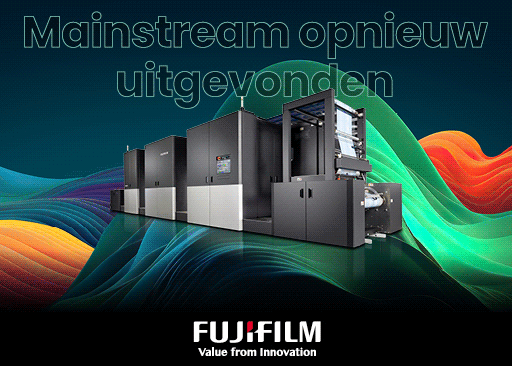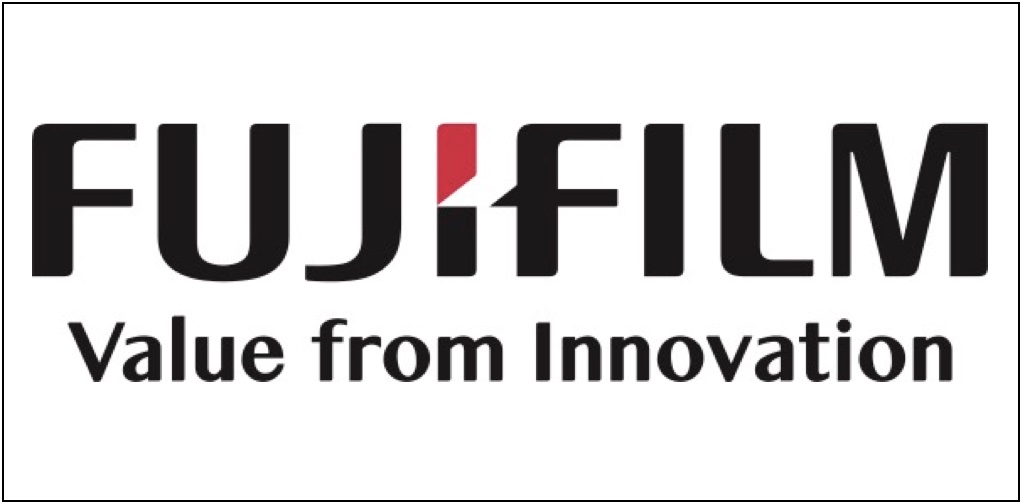Postscript Level 1 at drupa 1986 versus Multi Channel Publishing at drupa 2016
 Ten years after the introduction of Postscript the real breakthrough at drupa 1986 was data exchange, or the exchanging of orders between pre-press systems with their own file formats. This was now possible with Adobe Postscript. Drupa 1986 was dominated by PostScript Level 1 image setter which were able to set four colour separation i raster 151 lpi within the hour. At the AM Varityper stand where I worked as sales manager we proudly presented the VT 600 output. The first A3, 600 dpi laser printer with an original Adobe Postscript Level 1 RIP with a finished product good enough to make a camera ready print.
Ten years after the introduction of Postscript the real breakthrough at drupa 1986 was data exchange, or the exchanging of orders between pre-press systems with their own file formats. This was now possible with Adobe Postscript. Drupa 1986 was dominated by PostScript Level 1 image setter which were able to set four colour separation i raster 151 lpi within the hour. At the AM Varityper stand where I worked as sales manager we proudly presented the VT 600 output. The first A3, 600 dpi laser printer with an original Adobe Postscript Level 1 RIP with a finished product good enough to make a camera ready print.
Thanks to Postscript and with the right drivers DTP program files such as from Aldus Pagemaker and Ventura publisher can now be sent to proof printers and image setters. Data exchange was a hot item at the 1986 drupa. The traditional pre-press manufacturers such as Crosfield, Scitex and Dainippon-Screen showed systems which could work with TIFF files and were able to convert, vector drawings and Postscript files.
Pioneers such as the Shaffstal brothers showed media converters which could convert word processing programs such as WordPerfect to standard ASCI files. These ASCI files could be converted into pages so retyping – with the added cost and mistakes – was no longer necessary. This was the beginning of what is now considered effortless data exchange.
PDF X/4, variable data and JDF at drupa 2016
 It has been a long road from exotic file formats from the traditional pre-press manufacturers to the standardised way we now exchange data and parameters. This exchange is possible because in 2007 Adobe made public the specification of the Portable Data Format, and because ISO accepted the standard data format for the exchange of image and text data with their ISO/IEC 320001-1:2008 norm. This cleared the road for the many applications we will see at drupa 2016. Applications which make automation of the printing process possible, thanks to the exchange from PDF with ISO colour profiles, PDF V/T variable data input and Job Definition Format for all order data. All graphic market segments will profit from this automation. The small print shop which gets its clients because of web2print to the big printers who successfully use price, quality and short turnaround in their competition against digital printers. And thanks to the automation they are all ready for the new trend Multi Channel Publishing.
It has been a long road from exotic file formats from the traditional pre-press manufacturers to the standardised way we now exchange data and parameters. This exchange is possible because in 2007 Adobe made public the specification of the Portable Data Format, and because ISO accepted the standard data format for the exchange of image and text data with their ISO/IEC 320001-1:2008 norm. This cleared the road for the many applications we will see at drupa 2016. Applications which make automation of the printing process possible, thanks to the exchange from PDF with ISO colour profiles, PDF V/T variable data input and Job Definition Format for all order data. All graphic market segments will profit from this automation. The small print shop which gets its clients because of web2print to the big printers who successfully use price, quality and short turnaround in their competition against digital printers. And thanks to the automation they are all ready for the new trend Multi Channel Publishing.
 Paper information has long since relinquished its monopoly on dissemination of content. Electronic information effortlessly finds its way to the world via the internet. This happens instantly and this information is usually free of charge. Electronic information is now a formidable competitor for paper media, as we at Blokboek.com prove on a daily basis. The magic word to compete with electronic information is Multi Channel Publishing. This will give your customer the right balance for publishing via all available outlets.
Paper information has long since relinquished its monopoly on dissemination of content. Electronic information effortlessly finds its way to the world via the internet. This happens instantly and this information is usually free of charge. Electronic information is now a formidable competitor for paper media, as we at Blokboek.com prove on a daily basis. The magic word to compete with electronic information is Multi Channel Publishing. This will give your customer the right balance for publishing via all available outlets.The print industry is incredibly suitable for making multi channel productions. There is a lot of experience with advanced programs to produce complex productions. Think about Adobe inDesign for example, or Photoshop. And the digital pre-publishing workflow to handle gigantic orders. If we add the experience with colour, typography and short delivery times you will see that Multi Channel Publishing is just the next step. It might even be a better step than investing in a costly production printer. If you already use Adobe Creative Cloud you don´t need anything more than purchase some apps such as DreamWeaver, and of course the time to learn how to use them. Learning is easy online or through courses by graphic schools. For those who use Agfa Apogee the change to Multi Channel Publishing is even easier till. Agfa Eversify easily and efficiently converts print jobs to electronic publications which can be published via the web or app stores.
 At the drupa DIP pavilion you will not only find examples of Multi Channel Publishing, but also free presentations and workshops. DIP is a great chance to get to know many, often smaller, companies and specialists in the field. It may cost you a day, but it will be a day well spent, at the very least to find out if Multi Channel Publishing is the way forward for you and your company.
At the drupa DIP pavilion you will not only find examples of Multi Channel Publishing, but also free presentations and workshops. DIP is a great chance to get to know many, often smaller, companies and specialists in the field. It may cost you a day, but it will be a day well spent, at the very least to find out if Multi Channel Publishing is the way forward for you and your company.De trainingen voor 2022 staan gereed. Kijk voor het volledige online aanbod van bestaande- en nieuwe trainingen op de website.
BLOKBOEK.COM EN PRINTMEDIANIEUWS: HET OPTIMALE DOELGROEP BEREIK




















